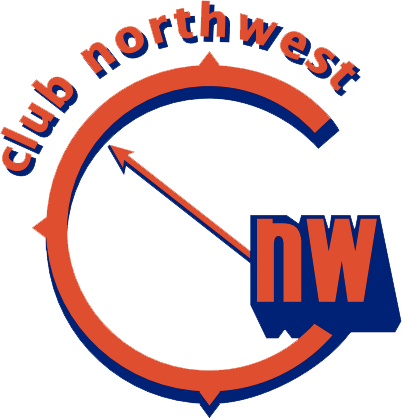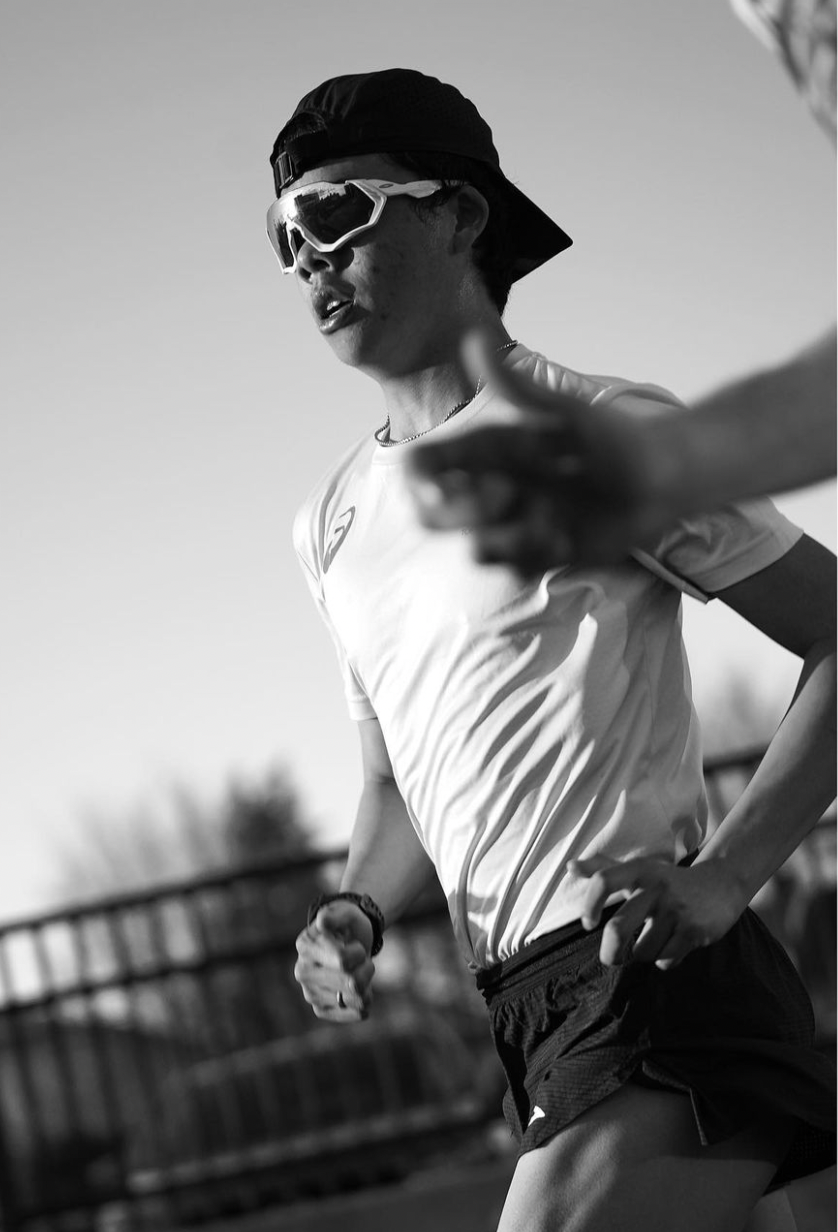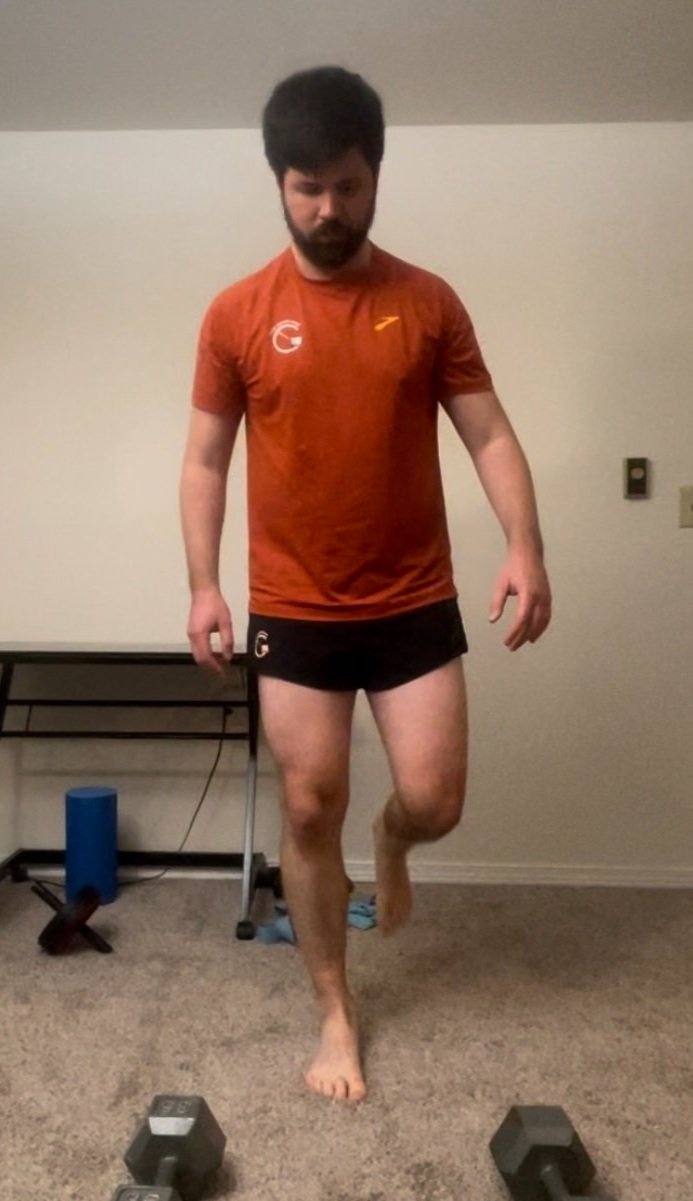Hello, Team! Here’s the spring edition of the E-news series. In this newsletter, you’ll hear perspectives from a teammate who specializes in shorter distance track races and how she stays ready to compete into her late 30s. You’ll get some PT knowledge from a teammate who treats runners and is eager to share some of the stuff that keeps his patients running injury free long after completing PT. Additionally, we get to hear from a teammate who will fulfill his dream of representing his home country on the world stage this summer. Enjoy!
President’s letter: the state of Club northwest
Greetings Club Northwest,
As I write this, we are in the thick of marathon season. Boston, London, Eugene, Flying Pig, and Vancouver are all either completed, in process, or on deck. Groups of teammates worked together all season to get through tough workouts, entertain each other on long runs, and laugh during laps around Green Lake. Indoor track season was also action-packed, and now we are off to Track & Field with members aiming for the Olympic Standard.
Starting May 29, we will be kicking off another season of All-Comers. If you’ve ever been interested in track and field, this is the meet series for you! Bring your friends, your kids, your family, and your training partners that may not be members of the club. It’s a party, and it’s so fun! I ran my first event last summer after purchasing a season pass for years. The New-Comer’s Mile was exactly the nudge I needed to summon the courage to give it a try, and now I’m hooked. Let this be your invitation to join the weekly running celebration. Brent Jarosek and Tammy Bowers – thank you for making this inclusive event possible.
Bill Roe All-Comer’s 2023
Each All-Comer’s meet takes a tremendous amount of volunteer time. Not only are volunteers needed at the events themselves, but also in the coordination and efforts needed to plan, recruit and train all volunteers is a massive undertaking – thank you Andie Roff for leading this effort! If you find yourself tight on time but would still like to contribute, please reach out to Andie. We have a number of areas that still need volunteers and can be completed in small blocks of time that don’t require hours each morning or Wednesday evening throughout the summer.
Thanks to Craig Kenworthy and team, the Club Cross Country Nationals Committee is in full swing! If you are interested in assisting the team in any part of the planning or coordination, please reach out to Andie Roff right away! A few things to look forward to are a fast and fun course and a fantastic Pacific Northwest after party on the waterfront in Tacoma just in time for the holiday lights boat parade! This is a special event as it’s a qualifying event for worlds. All eyes will be on us, and we can’t wait to provide a world-class running event to the United States running community.
Looking back over the winter season, we elected new members to the board! Welcome and thank you for stepping up Amber McCulloch, Doug Wallack, Jamie Morgenstern, Nick Stenger, Erin Wagner, Claire Wendle and Pete Hansen. We can’t do this without you, and are very thankful that you’ve offered your skills and point of view to the governance of the club. I also want to emphasize that as a member, this is your club. Your voice counts and opinion matters. If you have anything you’d like to bring to the board, a change you’d like to see, or an enhancement to an event or process you think is necessary, please let us know and let’s work together.
I also invite you all to join us at our social events coming up in the near future – the Sunday Field Trip as well as the Solstice Run. Look out for invitations soon! If you have an event you’d like to bring to the club, don’t hesitate to contact the board and make a proposal!
The latest information on planned events (and unplanned, for that matter) can be found on our adopted communication platform, Slack. Please join in and follow along! Here you can find all members if you need to connect, want to put together a run, or are looking for a running partner for your upcoming workout. If you have a race planned, be sure to add your event to the club calendar . Here you can find training partners as well as coordinate travel, hotels, shakeout runs and pre/post-race meals and celebrations. We are all part of this team for a common passion of the sport of running, but we stay for the community – and the Club Northwest community is indescribably incredible.
Thank you for your involvement, your support and your care that you bring to the club.
Here’s to the next 50 years.
Go Orange,
Danielle Henty
Club Northwest President
“Master”-ing Speed
by Caroline Koplowitz
The allure of the marathon is undeniable. For the past 18 years after the end of my collegiate swimming career, I have competed in 100+ races from the mile to marathon (9 marathons, to be precise). As a swimmer, I competed in distance events. So first tackling long running distances seemed logical. In my 20’s and early 30’s, social/fitness media hype had me believing that mastering the marathon was a more worthy pursuit than mastering shorter distances. I have diligently tried to adhere to the social norms of achieving the next notch on my marathon belt: completing the distance, BQ, Boston, another marathon major, etc. In hindsight, I was completing marathons because that’s what non-pro runners do, right? Only pro females under the age of 35 are allowed to focus on something 5K or shorter, right?
Mile City 2024
I recall reading an Op-Ed by Lauren Fleshman in Runner’s World in 2014 ‘10 Reasons the 5K is Freaking Awesome’ but it wasn’t until the Summer of 2020, at age 35 and a year after having my second child, that I really took it to heart. Training for a marathon (can be) all consuming, and then there’s the post-marathon blues. Six months of work and recovery for a single race? I needed a new challenge emphasizing quality over quantity. In the summer of 2020, I completed my #roadmiletimetrial and sought to better my mile time from middle school. After 4 weeks of once weekly mile-focused workouts, I improved from 6:25 to 5:54. The following spring and summer, I started self coaching myself to include more race specific work for mile-5k, including track workouts with 200, 300 & 400 reps, and improved my time to 5:30. The seed for working on speed was firmly planted! It was rewarding to push my body in new ways. I found that focusing on short and faster efforts was also complimented by heavier lifting in the gym. The attention on power and athleticism in my lifts translated well to power on the track. My age-graded mile performance has now far exceeded my age-graded marathon performance suggesting I’d made a good transition in race distance.
In the spring of 2022, I had my sights set on a half marathon PR to qualify for the New York City Marathon, but decided to alternate weeks of half marathon specific workouts with the Club Northwest Winter Grand Prix 2 mile races. I won’t claim to be an expert, but the internet experts state there is science to support claims that incorporating speedwork helps (most) runners improve at a variety of distances as well as running form and efficiency. I attribute my PR in the Lake Sammamish half to the addition of speedwork into training. I was lucky to find a group of Club NW folks doing mile-focused workouts in Spring 2022 and set a 5K PR on the track at All-Comers and another mile PR at the Yakima Mile. Having a group, even if target paces don’t align perfectly, to work with made a difference in the training AND in normalizing the validity of a non-marathon focused goal.
Full disclosure: I still easily succumb to the marathon siren song as the default. I ran (and walked) the hottest NYC marathon in 2022 and trained for most of 2023 Chicago cycle. I enjoyed parts of each build, but there was a persistent voice wondering if trying to prove I could run a sub 3hr marathon was my own goal or someone else’s. Sometimes it’s easier to listen to other voices over our own. Is the sub 3 hr marathon before I turn 40 the scary goal? Or is 17:30 in a 5k or a 5 min mile actually the scary goal, leading me to revert to marathon goal mode when the shorter and faster race goals seem too audacious? It is helpful to check in with myself on whether I’m in a phase of life where I want to do training I know I can handle, or a phase of life when I need a different goal to bring fun back into training.
Tackling a new goal and shorter distance can be scary! So let me walk you through a few tips, especially for those who are approaching or have entered the masters category:
Lana, Melissa, and Caroline at Mile City 2024
Strides are your friend! A great way to introduce your hammies to speed and to work on form. I challenge you to find me a person who has regretted doing strides at the end of an aerobic run.
What if I am slow? What if you’re not? You won’t know until you try. Also: check out USATF Masters Age-grading calculators. I would need to take 6+ min off my half marathon and a whopping 45 minutes off my marathon PR in order to match my mile road race age-graded performance. You might surprise yourself too.
What if I botch the race? No worries! Recovery time is much shorter than a marathon and so you can try again soon!
Recovery and fuel. This is important for all runners, but especially at these shorter distances, experimenting with slowing down more than usual for recovery runs, especially for those of us born before the internet, and incorporating sufficient protein to aid the recovery from higher intensity work becomes even more so in my experience. I have seen most success in speed workouts when I am sufficiently recovered between workouts and feel at peace with quality over quantity.
Aren’t short races for young people? Racing people significantly younger than you is a win-win-win-win (everybody wins!) If they beat you: oh well, they’re so much younger! If you beat them: instant confidence boost for at least a month. You can learn from their race tactics, and they can learn from you in not going out too fast. One of the great benefits of training with Club Northwest is the age range of athletes - take advantage of it! There is also much to be said for the benefits of intergenerational friendships, so find some running buddies outside your own age group!
Ask teammates about their goals and their training. Be genuinely curious and excited for all race lengths and types. Attend, cheer, volunteer or offer to help others with a workout. Share your goals with others. You never know who else secretly wants to ditch marathon training too! (Don’t tell Mark and Tom I said that).
So, if I’ve convinced you to jump into some shorter race distances, hop into some of the action at the All-Comers meets on Wednesday evenings this summer!
Written by Caroline Koplowitz
Edited by Steve Harris
Athlete spotlight: denzel Usman
This year, Club Northwest’s very own Denzel Usman was selected to compete in the Indonesian National Championships. Denzel moved to the states when he was a teenager, and has been training as part of the team for several years. Below, he shares with us some of his thoughts as he prepares for this prestigious event.
“I started running in 2019 to keep myself fit for soccer, also to continue the family legacy of running (my uncle and my dad are both 6 star marathon finishers). I did half marathons and 10k’s back then, until all races came to a grinding halt due to Covid. I took the sport very seriously after the pandemic hit, and I started doing time trials to keep myself busy, as well as being coached by Michael Crouch, a D2 cross country hall of famer.
The main thing I love about running is how meditating it can be. The sound of my foot repetitively hitting the ground always keeps my mind sound, and helps me escape from the hustle and bustle of life. The sense of accomplishment that rushes into my veins after a good race or workout is something that I always crave too. Knowing that I have the talent, knowledge, and determination to go very far, I think that I’m not just running for myself, but also to one day represent my country of 270 Million people internationally.
I have always dreamed of representing my country on the world stage, and this is a step in the right direction. Being selected to represent my home province of North Sumatra in my hometown's Indonesian National Olympic Week in September 2024 will be a privilege for which I will always be grateful.
The process of being selected came when I received a call from the chairman of the Indonesian Athletics Federation of my province, David, early last year. David said he had vouched for me in a meeting with coaches and federation members. He chose me because of my young age (I am 18 now) and my high potential to improve with the environment and support system I have in the United States; he decided to give me the spot to compete. I will be the youngest male distance runner in the contingent, and I am ambitious to do well in the 5K, the distance I was selected to compete in.
I would like to thank everybody in the club for helping me earn the call-up to compete at the Indonesian National Olympic Week in 2024. The endless miles, cheering, support, and practice sessions you have brought me through have meant a lot.”
-Denzel Usman
PT Corner: Strength and stability for runners
by Steve Harris
This is written from the perspective of a PT treating athletes in many sports, with a primary focus in running related injury. The thoughts shared here should not be taken as medical advice. Should pain or dysfunction limit your ability to run or perform any other activity of daily life, I recommend consulting with a movement specialist who can assist you in determining the specifics of your injury and guide you along an appropriate plan of care to address those specific issues.
The goal of this PT Corner is twofold. Firstly, to convey the necessity of strength and stability training as part of a running training program. An understanding of physiology can demystify the monotony of the necessary work by illuminating the “why” behind the investment in time and energy. Secondly, to provide key exercises that I have found beneficial in keeping runners healthy as they return from injury.
Building a good regimen that is feasible and functional for the task of running can seem a bit daunting. Especially with the unending amount of literature, e-magazines, and businesses looking to grab our attention (and dollars) with each revolution in fitness.
The first thing to consider is the “why” behind the need for strength/stability training for running. Put simply, running is physically demanding. The ground reaction force of each step taken during a run is 50% greater than that in walking, and runners take an additional 50 steps per minute when running. So 90 steps per leg, per minute, producing ground reaction force 150% of what the body encounters when walking, rebounding from the pavement each time to be absorbed up the leg, into the core, ensuring a proper energy return for propulsion, free of weak points and inefficiencies. That is a LOT of force and a lot of events happening in a fraction of second.
Let’s revisit that part about weak points and inefficiencies. Every human body has a few, but would likely have even fewer if a proper stability regimen were adhered to. Let’s say, for example, we have a particular gluteus medius muscle (stabilizer in the buttock) that should have been trained during the season, but wasn’t. Now the owner of this gluteus medius is racing for a PR over a 13 mile course, but that gluteus medius can’t match that ground reaction force, leading to rotation and shearing through multiple joints of the body. Lo and behold, with a few miles remaining, their back is hurting. Or the ankle is sore. Maybe a few of the usual problem spots are barking at them which, left unaddressed as they accumulate more mileage, likely will lead to injury.
All this to say: strength/stability work is a NECESSARY part of training to compete in running. It must be a part of the training if one wants to run well and minimize injury risk. The body simply cannot perform the volume of single plane movement (running) for miles and miles, week after week, without developing some inefficiencies and gaps that can be easily filled if movements and training were incorporated to remind these muscles to stay in the game.
The key to good strength/stability practice is to ensure that the exercises chosen focus on multi-muscle movement patterns specific to running. That is to say, the goal of these exercises should be to train stability and strength in PATTERNS specific to running, not individual muscle groups worked in isolation.
In clinical practice, pain and dysfunction are often attributed to a weakness of muscles. A more comprehensive view of this “weakness” acknowledges the deficit in the ability of the muscle to fire at the right time in the running movement. The goal of any running program should be training the muscles to fire and stabilize while we execute running specific movements, with a particular emphasis on muscles of the trunk (core) and hips. It is about our brain being able to stabilize the whole PATTERN of the muscles and their proper timing, and less about the raw force the individual muscle can produce. Motor control and coordination are just as important as the strength of the muscles.
Take this example: the clamshell exercise. It is not a bad exercise. Especially if you want to strengthen the muscles on the outside of the hip. It will get the job done. BUT, when running, are the hip rotators ever used in isolation? No. They sequence in the gait pattern when necessary to counteract forces as the foot contacts the ground that would drive the femur toward midline were it not for a robust and properly timed contraction that occurs to counteract this force moment.
Additionally, consider that running is 100% weight bearing. All strength/stability work should include some degree of weight bearing. A side plank clamshell. A clamshell movement in standing. Are they 100% specific to running? Not entirely. But it is strides closer to the demands runners’ legs need to meet during running than a clamshell performed lying on our side without any weight placed through the lower extremity.
One could stick to their comfort zone and use the standard clamshell. It’s familiar, and that’s understandable. But, on race day, when their body is performing at its maximal capacity, the ground reaction forces are high, and the knees and ankles really need that outer hip to fire HARD so that the whole leg can attenuate that force to propel the body forward faster with each step. And that’s where the trouble arises. This athlete’s hip rotators weren’t trained in weight bearing. The context of how to fire is wrong. That hip knows how to fire really well provided that there’s no weight being accepted by the leg. Because that’s how it was trained when they opted for the non-weight bearing clamshell.
Some general parameters. At a minimum, 2 days of stability work per week. In heavier parts of the training cycle, such as when approaching a peak race, reduction to once a week is appropriate. Any non-competition season should include 3-4 days of stability work per week. Somewhere in the realm of 15-20 minutes each session is an appropriate volume. This will require some common sense to ensure that the demands of the stability training do not create muscle soreness then later impacting running performance in training.
Below are included some helpful exercises I’ve used both in the treatment of running injury and maintenance of strength and motor patterning. I’ve included with each exercise a brief description, tips for proper performance, and recommendations for reps/sets/frequency. This can be accessed by hovering on each picture.


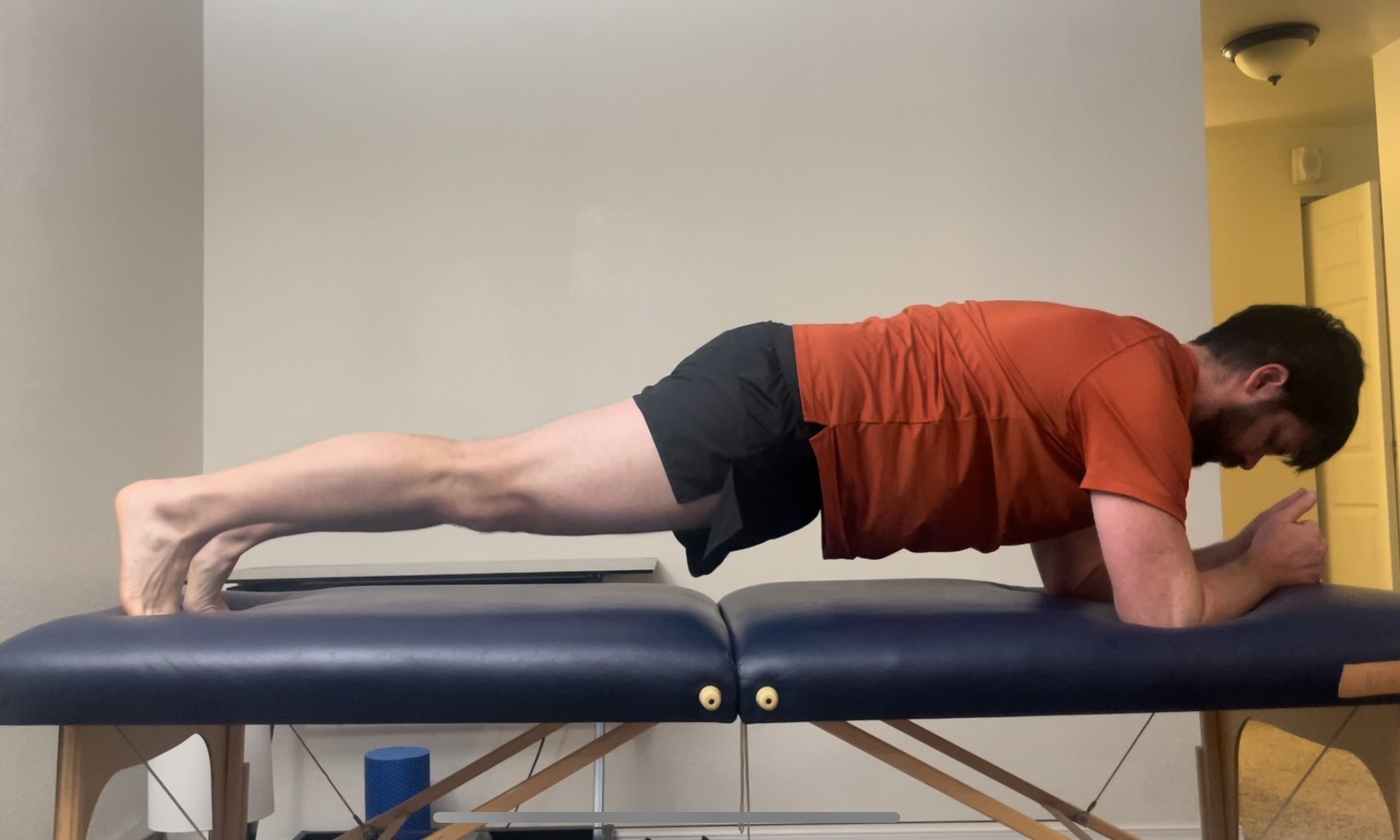


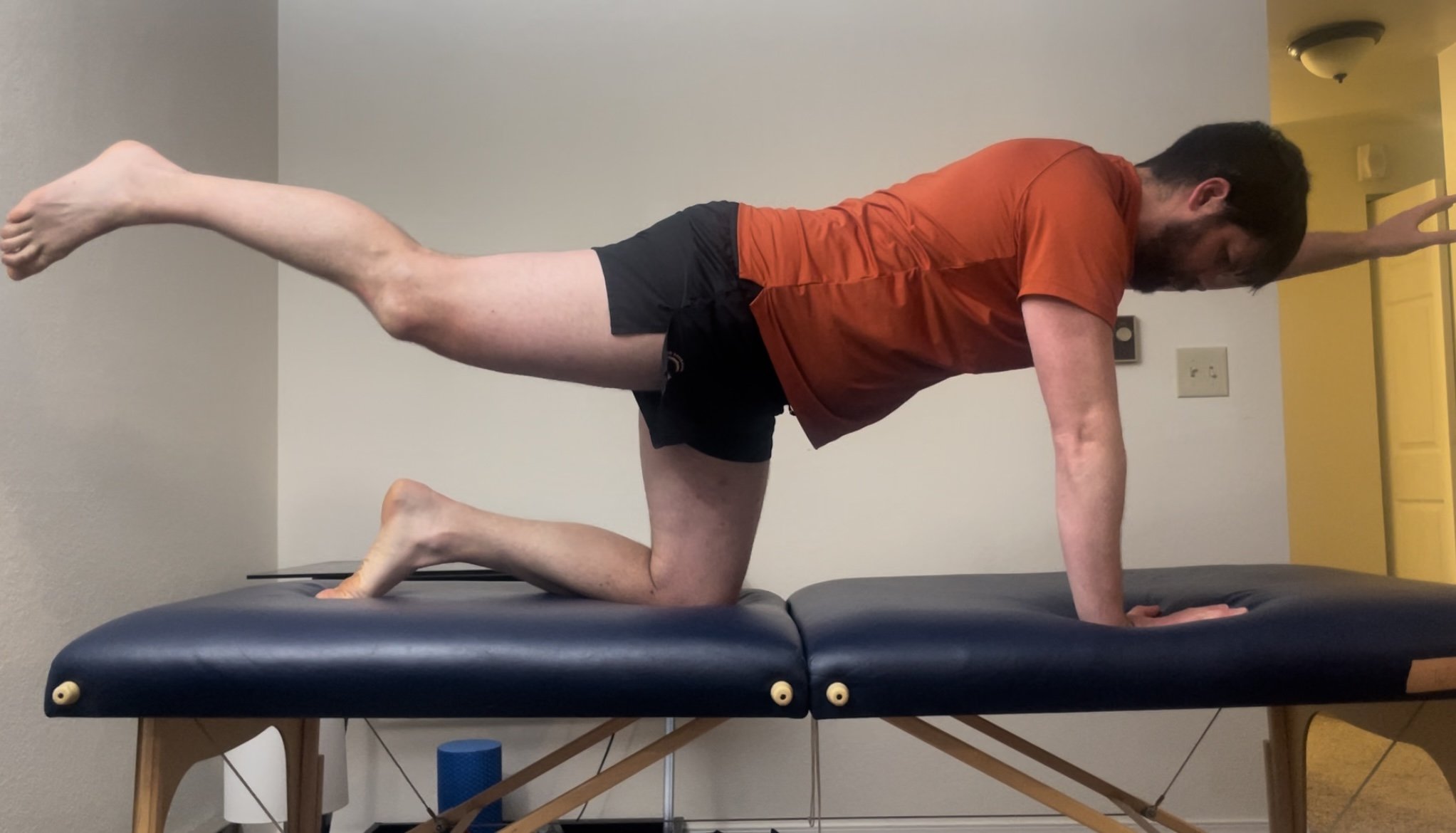


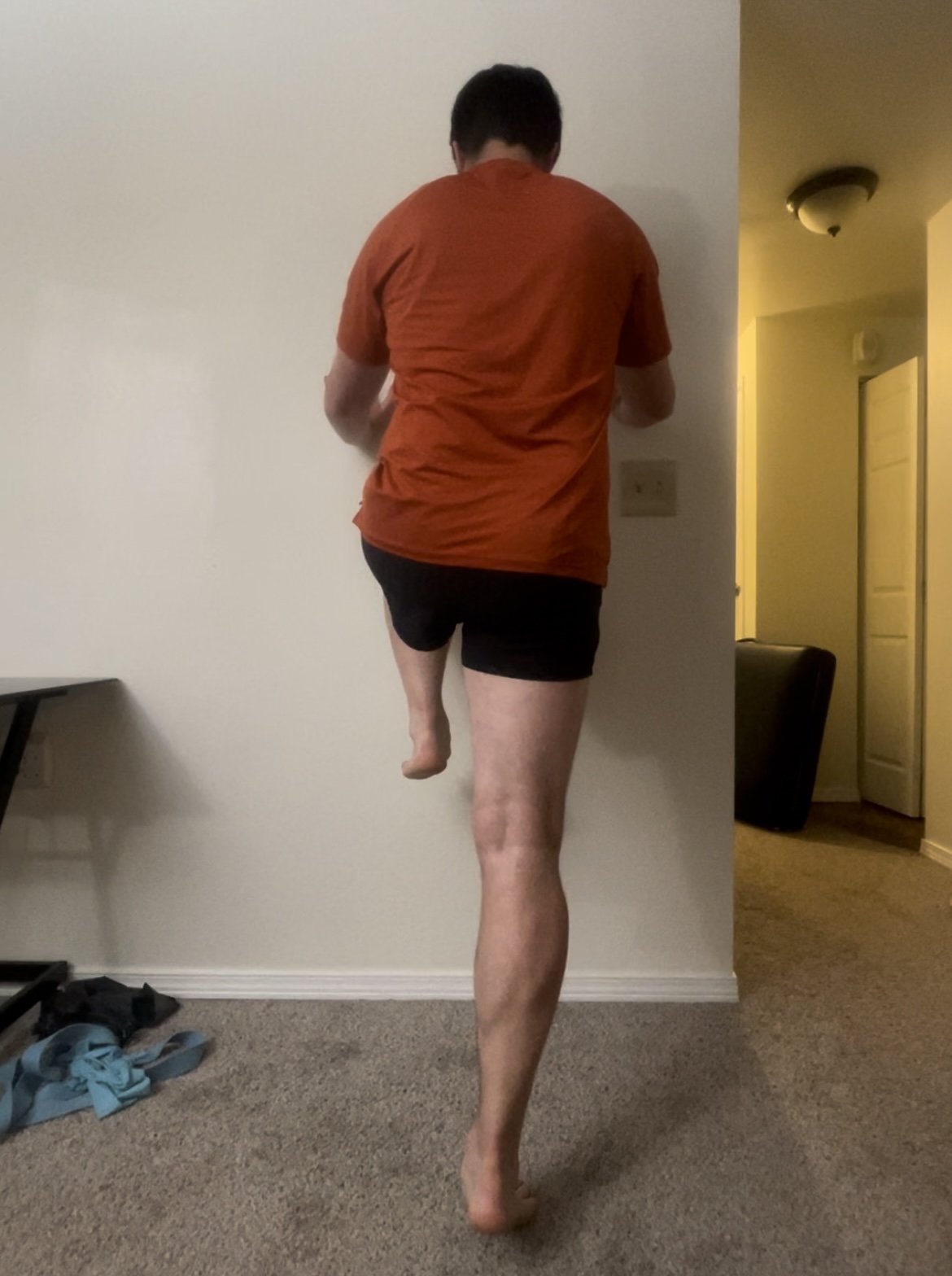
-Written by Steve Harris
-Edited by Lana Lacey
A special thank you to Zeth Peterka for contributing his incredible photography.
